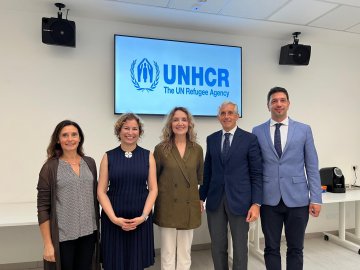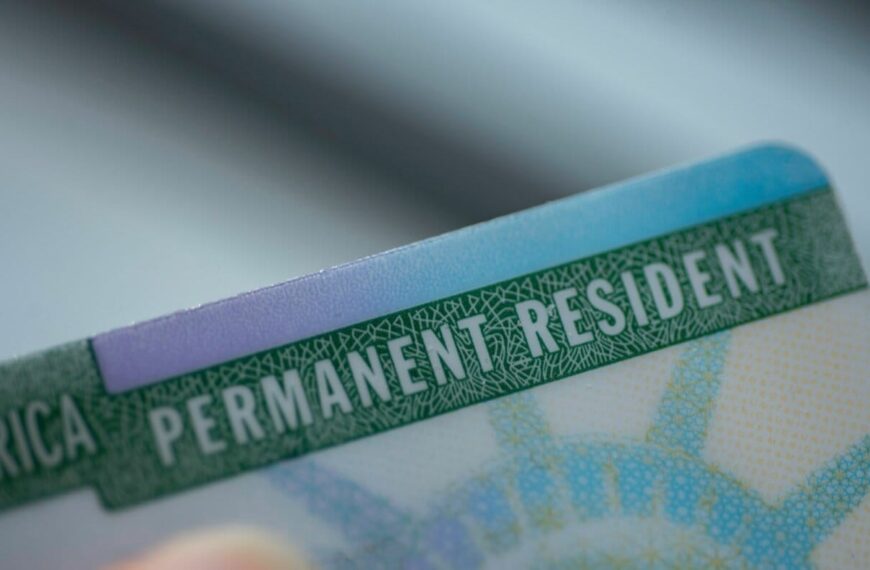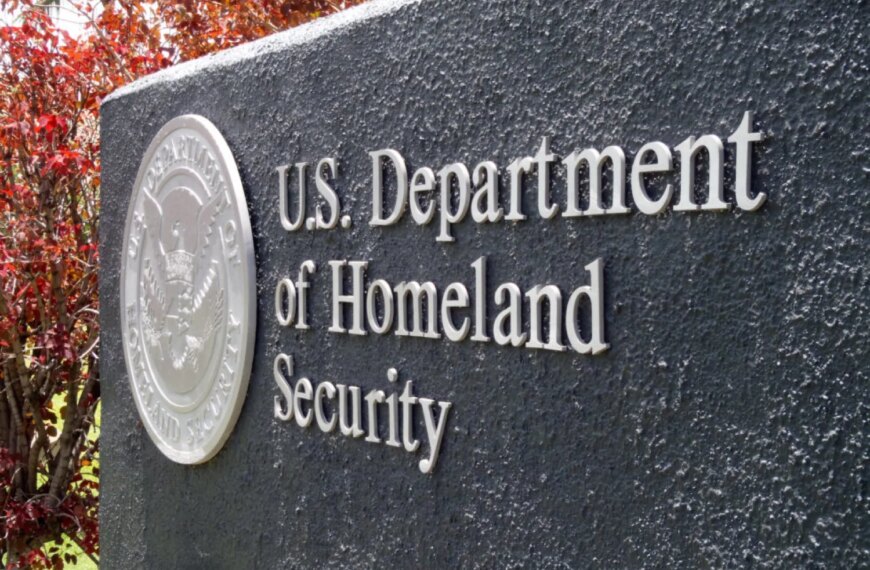Italy Partners with UNHCR to Establish Refugee Work Corridors
Italy has taken a significant step in addressing the refugee crisis by partnering with the United Nations High Commissioner for Refugees (UNHCR) to create work corridors for refugees. This initiative aims to provide refugees with legal pathways to enter Italy and gain employment, ultimately helping them integrate into society.
The Importance of Refugee Work Corridors
The establishment of refugee work corridors is crucial for several reasons:
The collaboration with UNHCR is a significant move towards implementing a more comprehensive immigration policy that prioritizes human dignity and security.
Current Immigration Landscape in Italy
Italy has been at the forefront of the European migration crisis, receiving thousands of refugees from various countries, including those fleeing conflict in Afghanistan, Syria, and more recently, Ukraine. The country’s immigration policies have faced scrutiny, with calls for reform to better manage the influx of migrants.
In recent years, the Italian government has explored various immigration reforms, including the implementation of humanitarian corridors. These corridors are designed to facilitate the entry of vulnerable individuals, ensuring they receive necessary support upon arrival.
How the Refugee Work Corridors Will Operate
The refugee work corridors will be established through a structured process that includes:
This structured approach not only addresses the immediate needs of refugees but also promotes long-term integration into Italian society.
Challenges Ahead
While the initiative is promising, several challenges remain:
Addressing these challenges will be critical to the success of the refugee work corridors initiative.
Broader Implications for European Immigration Policy
Italy’s partnership with UNHCR could serve as a model for other European countries grappling with immigration issues. As nations face increasing pressure to manage refugee inflows, collaborative efforts like this can pave the way for more humane and effective immigration policies.
Furthermore, this initiative aligns with global efforts to create safe and legal migration pathways, promoting a balanced approach to immigration that prioritizes humanitarian considerations while addressing labor market needs.
Conclusion
Italy’s collaboration with UNHCR to establish refugee work corridors represents a significant advancement in the country’s approach to immigration. By creating legal pathways for refugees to enter the workforce, Italy is not only addressing immediate humanitarian needs but also fostering economic integration and social cohesion.
As Europe continues to navigate the complexities of migration, initiatives like these will be essential in shaping a more inclusive and supportive environment for refugees. The success of Italy’s program could inspire similar efforts across the continent, reinforcing the importance of cooperation between governments and international organizations in managing the refugee crisis.
The establishment of these work corridors is a step towards a brighter future for many refugees, emphasizing the importance of compassion and practical solutions in the face of global challenges.










